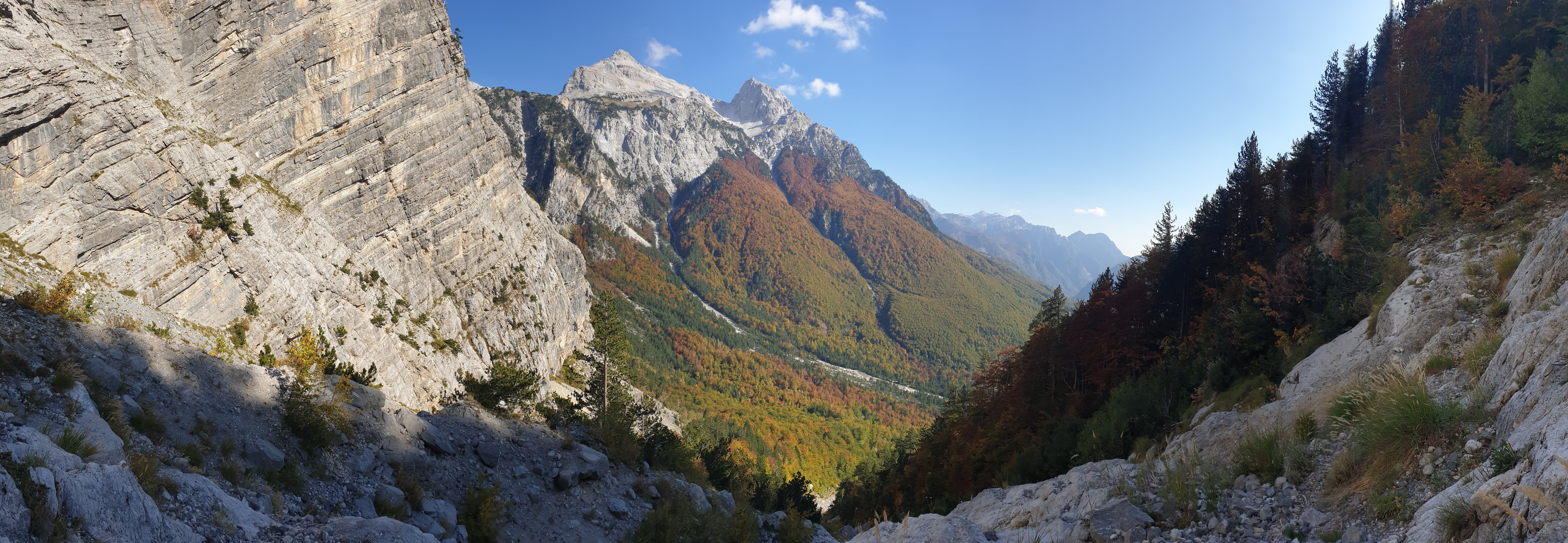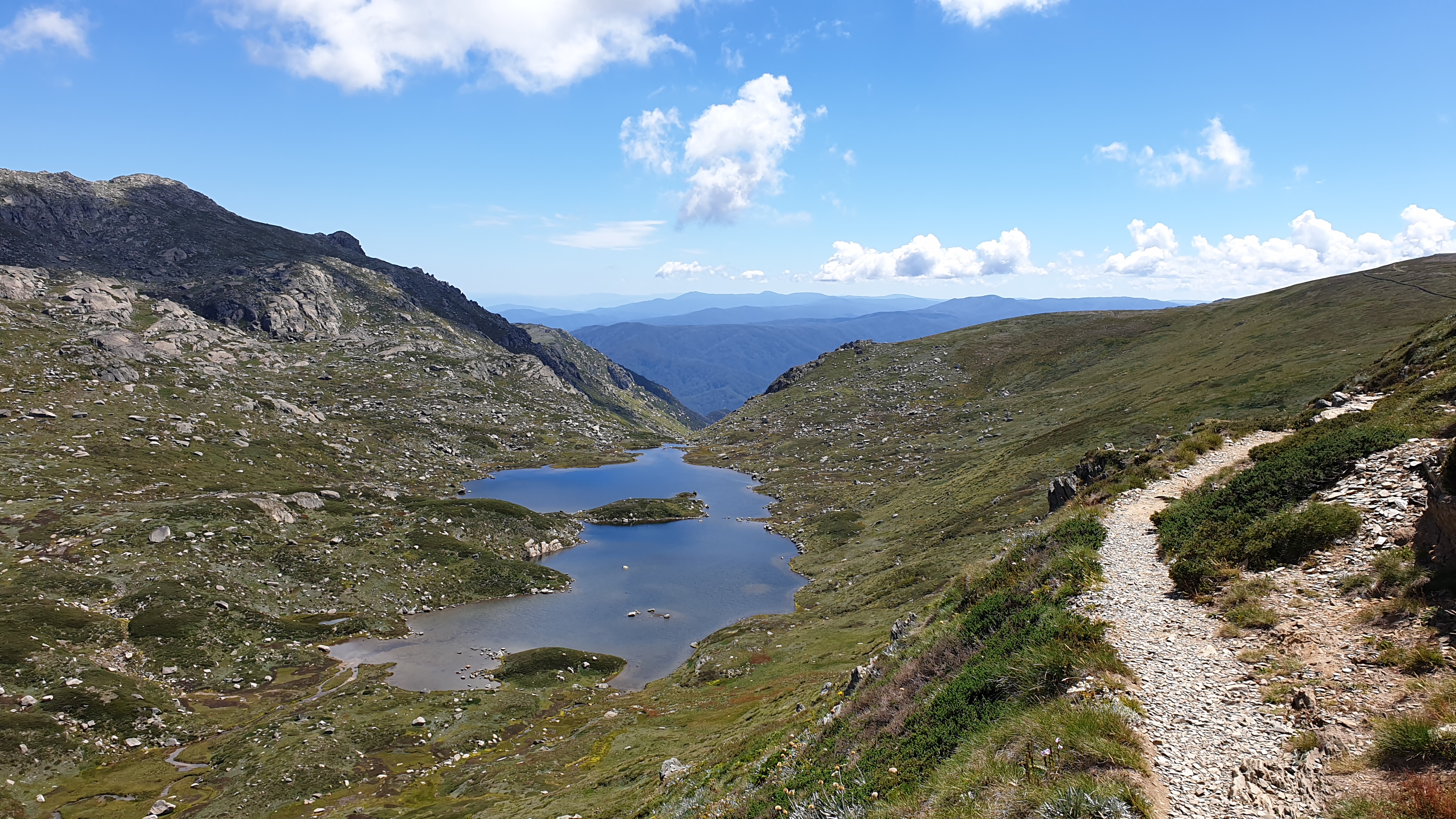Page Not Found
Page not found. Your pixels are in another canvas.
A list of all the posts and pages found on the site. For you robots out there is an XML version available for digesting as well.
Page not found. Your pixels are in another canvas.
This is a page not in th emain menu
Today is the first official day of my postdoc position at CLEX. As I await examination of my thesis, I get to moonlight as a Postdoctoral Research Associate despite being more Middoctoral. Gab remains my supervisor, I am still based in the Climate Change Research Centre at UNSW Sydney, and in fact I keep my desk from the PhD. To jolt the mindset from ‘student’ to ‘employee’, I took six weeks off after thesis submission (9th August) to hike in Western Australia. While hiking alone, I reasoned that I should aim to improve this website among many other revelations. Therefore, the blog section returns. Let’s see how it goes!
Resurrecting the website. I’m not even going to attempt to re-engage with the unholy mess of my previous attempt. Templates exist for a reason, so this time I’ve let other people do the hard work. I’m more than happy to reap their rewards.
Sunrise From McAfee Knob
Snettisham Sunset
Mediterranean Sunset
View From The Tent
Autumnal and Accursed
The Gang Falls Off A Tree
On Top of the (Aussie) World
The Devil’s Backyard
Back Down The Valley
1 2 … skip a few … 12? 
Cranko Page, J., De Kauwe, M. G., Abramowitz, G., Cleverly, J., Hinko-Najera, N., Hovenden, M. J., Liu, Y., Pitman, A. J., and Ogle, K. 2022. "Examining the role of environmental memory in the predictability of carbon and water fluxes across Australian ecosystems." Biogeosciences 64(2): 295–305. 19, 1913–1932, doi:10.5194/bg-19-1913-2022
Cranko Page, J., De Kauwe, M. G., Abramowitz, G., & Pitman, A. J. 2022. "Non-stationary lags and legacies in ecosystem flux response to antecedent rainfall." Journal of Geophysical Research: Biogeosciences 128, e2022JG007144. doi:10.1029/2022JG007144
Cranko Page, J., Abramowitz, G., De Kauwe, M. G., & Pitman, A. J. 2024. "Are Plant Functional Types Fit for Purpose?" Geophysical Research Letters 51, e2023GL104962. doi:10.1029/2023GL104962
Abramowitz, G., Ukkola, A., Hobeichi, S., Cranko Page, J., Lipson, M., De Kauwe, M. G., Green, S., Brenner, C., Frame, J., Nearing, G., Clark, M., Best, M., Anthoni, P., Arduini, G., Boussetta, S., Caldararu, S., Cho, K., Cuntz, M., Fairbairn, D., Ferguson, C. R., Kim, H., Kim, Y., Knauer, J., Lawrence, D., Luo, X., Malyshev, S., Nitta, T., Ogee, J., Oleson, K., Ottlé, C., Peylin, P., de Rosnay, P., Rumbold, H., Su, B., Vuichard, N., Walker, A. P., Wang-Faivre, X., Wang, Y., and Zeng, Y. 2024. "On the predictability of turbulent fluxes from land: PLUMBER2 MIP experimental description and preliminary results." Biogeosciences 21(23), 5517–5538. doi:10.5194/bg-21-5517-2024
This is a description of your talk, which is a markdown files that can be all markdown-ified like any other post. Yay markdown!
This is a description of your conference proceedings talk, note the different field in type. You can put anything in this field.
Undergraduate course, University 1, Department, 2014
This is a description of a teaching experience. You can use markdown like any other post.
Workshop, University 1, Department, 2015
This is a description of a teaching experience. You can use markdown like any other post.